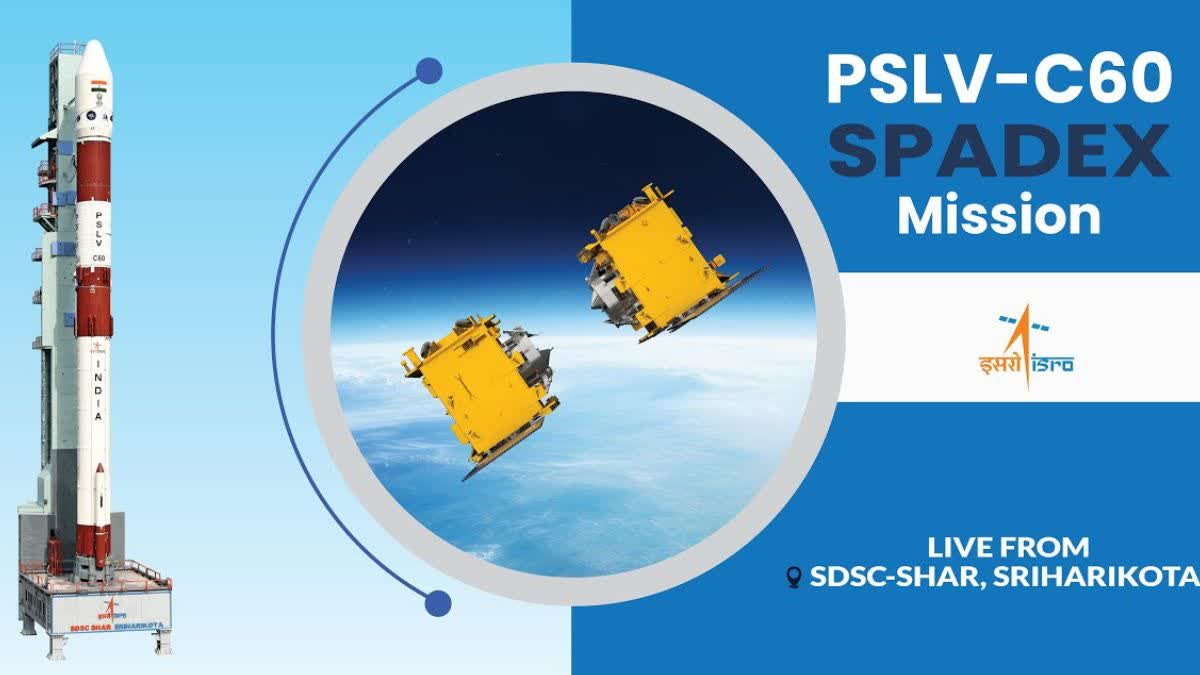Hyderabad: The Indian Space Research Organisation (ISRO) has once again postponed the SpaDeX Docking. The event was supposed to start at 8:00 AM today (January 9, 2025). However, it was delayed to an unspecified time following a slight change in the planned manoeuvre of satellites.
The mission initiated the drift on the Spacecraft A to move closer from 500 metres to 225 metres. However, while making the maneuver between satellites, the drift was found to be more than expected, post non-visibility period, ISRO explained via a post on X (formerly Twitter).
As a result, the planned docking has been postponed. ISRO assured that the satellites are safe and encouraged everyone to await further updates.
Notably, the SpaDeX Docking was initially scheduled for January 7. However, it was postponed to January 9 following the identification of an abort scenario. ISRO decided to run further validation through ground simulations before proceeding with the docking experiment.
How will SpaDeX affect future missions?
Docking technology is crucial for building larger structures in space, refuelling and maintaining satellites, supporting sample return missions, and reducing space debris. It combines components from multiple rocket launches and enables crew transfers for long missions, making space exploration more efficient and sustainable.
ISRO's SpaDeX mission aims to showcase in-space docking technology, which is vital for Indian space missions, such as Chandrayaan-4, Bharatiya Antariksh Station, and Gaganyaan missions. SpaDeX will not only equip India with essential docking capabilities for the development of the Bharatiya Antariksh Station but also help ISRO achieve more complex objectives, and aid in future human spaceflight endeavors.
SpaDeX's success will validate technology for autonomous docking in space and facilitate on-orbit satellite servicing, extending the operational life of satellites and reducing space debris.
Sharing SPADEX onboard video showcasing SDX02 launch restraint release & docking ring extension.
— ISRO (@isro) January 6, 2025
#SPADEX #ISRO pic.twitter.com/bZkpGVyF9s
In other words, if India masters space docking, it can build and operate the Bharatiya Antariksh Station (BAS), join the elite club of space-faring nations, enhance lunar exploration, and ensure safer crew transfers. This technology will also enable satellite servicing and boost interplanetary travel capabilities.



